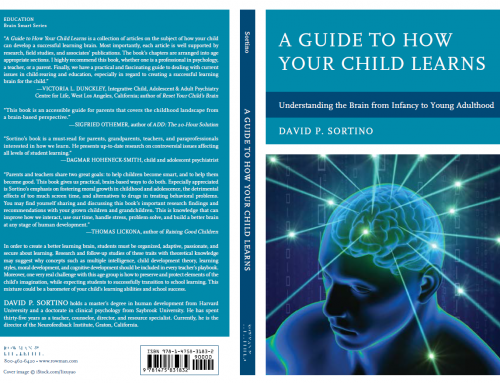Pundits of education should seriously consider the effect circadian rhythms and/or REM sleep patterns have on student performance.
Circadian rhythms operate out of the hypothalamus, which regulates the fluctuations of a child’s bodily functions.
According to brain scientists there are certain periods of time when students learn more efficiently than other times. A student’s circadian rhythms defines when he has his highest ability to focus and absorb new material. Interestingly, cognitive rhythms are about the same for the preadolescent and adult, but for adolescents, a group most susceptible to disrupted sleep patterns, this cognitive rhythm occurs one hour later.
Most teachers are acutely aware of the 8 a.m. to 12 p.m. time block as a high-learning period, when students’ circadian rhythms are considered best for learning. However, 12 p.m. to 4 p.m. is the weakest time for learning. From 4 p.m. and on, student circadian rhythms regroup and move back to high points of learning potential (Sousa, 2006).
Unfortunately, there is a Catch 22 to all of this, and that has to do with REM (rapid eye movements) sleep. We should be allowed to experience 6 REM periods over the course of a 9-hour sleep. Therefore, the adolescent would have to go to bed at 10:00 p.m. and get up at 7 a.m. to satisfy the need for 6 REM cycles. With each REM cycle, we have greater capacity for memory consolidation.
In short, what a student learned during the day (working memory) has a greater chance of being encoded or stored into long-term memory during REM sleep cycles.
Moreover, memory consolidation occurs more easily, when the brain is not preoccupied with external stimuli, which occurs during REM sleep. This may explain why people who review important information before going to sleep are likely to remember that information the next day on a test (Sousa, 2006).
Our major dilemma? We cannot expect students to simply go to bed early.
According to medical researchers, the adolescents’ late sleep cycles are part of the maturation of the endocrine system. From the onset of puberty until late teen years, the brain chemical, melatonin, which is responsible for sleepiness, is secreted from approximately 11 p.m. until approximately 8 a.m., nine hours later!
This secretion is based on human circadian rhythms and is fixed. In other words, typical youth are not able to fall asleep much before 11 p.m. and their brains will remain in sleep mode until about 8 a.m., regardless of what time they go to bed (CAREI – 1996).
Classes in many high schools with early start times will cause students to rise earlier to get to school. Twenty percent of students sleep through the first two hours of school because their brains are still in the REM sleep mode.
The loss of adequate sleep each night also results in a sleep debt for most teens. In extreme cases, the student may even develop a clinical disorder called delayed sleep phase disorder.
However, data from a research study in the Minneapolis public schools showed that there was a significant reduction in school dropout rates, less depression, drug use and higher grades when they addressed students REM sleep and circadian rhythms (Wehlstrom, K. 1996).
For starters we need to look more closely at academic classes during the peak and downtime classes, particularly classes that allow students to be allowed to move about in the afternoons. Also, schools, especially high schools, should consider starting later to support both circadian rhythms and REM sleep as demonstrated by the Minneapolis Public Schools Study.
David Sortino, a Graton resident, is a psychologist and retired teacher.
Email him at davidsortino @comastcast.net.


